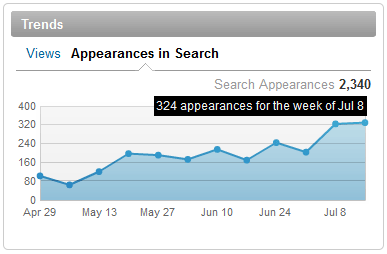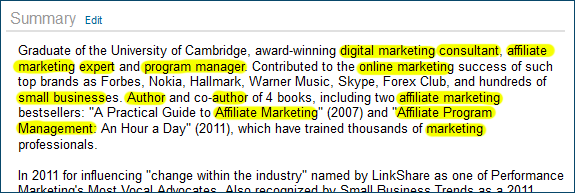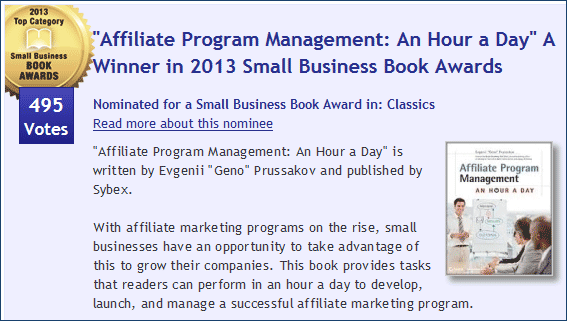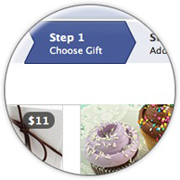Did you know that every minute there happen 177,000 Tweets, 700,000 Facebook messages, 2 million YouTube views, and 7,610 LinkedIn searches [well, according to this source, at least]? It is the latter that impresses me most, as with the former three stats, we’re talking an ocean of data, whereas with LinkedIn searches, we’re looking at a very focused type of activity — professional searches.
LinkedIn is “the world’s largest professional network on the Internet with 161 million members” aboard, and “approximately two new members” signing up every per second [source]. Mind-blowing, isn’t it? Per LinkedIn itself they are actually “on pace to surpass 5.3 billion” searches in 2012. Dividing this by the number of minutes in a year, we arrive at nearly 10,084 professionally-oriented searches a minute, or 168 searches every second.
Wouldn’t you, as a professional no matter what it is that you do, want to take a bite of this pie of (tremendous) opportunity?! So I thought too; and without any prior study or experience went in to improve my LinkedIn profile. And what do you know! With very little effort put into the optimization of my profile, my appearances in LinkedIn search results increased nearly five-fold in two months [going from 65 in the week of May 6 to 324 in the week of July 7]:

Surely many will want to know what exactly it was that I did. And that’s what this post is for… It was the improvement in 5 specific areas of the profile that led to it. Try doing the same and see it goes for you:
1. Optimize Job Titles
As you can see below, I focused on the core things that I do: affiliate marketing, affiliate (program) management, speaking, and consulting:

2. Fill out Publications
Whether you have a list like mine, or a more modest one, it doesn’t matter. Do enter them there, using the space provided for descriptions too.

3. Enter Honors & Awards
This is another great section not to overlook. Build your credibility!

4. Expand the Summary
Use this one to the max! Present yourself beautifully; and remember to use the keywords that you want to be found by:

5. Choose your Skills & Expertise
This is one of my favorite sections. Here you can choose both the already-populated “specialties” (the ones that other people chose before you), and also enter your own:

Good luck; and if you have your own LinkedIn optimization experience to share, I’d love to learn from you! The comments area under this post is all yours.



 the friend would have to pay for the gift. That’s the whole point of the exercise. Long gone are the days when we all wondered how (wasn’t the better question “when”?) Facebook is going to monetize their massive membership base.
the friend would have to pay for the gift. That’s the whole point of the exercise. Long gone are the days when we all wondered how (wasn’t the better question “when”?) Facebook is going to monetize their massive membership base.





 Affiliate Management Days
Affiliate Management Days Conversion Conference
Conversion Conference ad:tech NY
ad:tech NY




